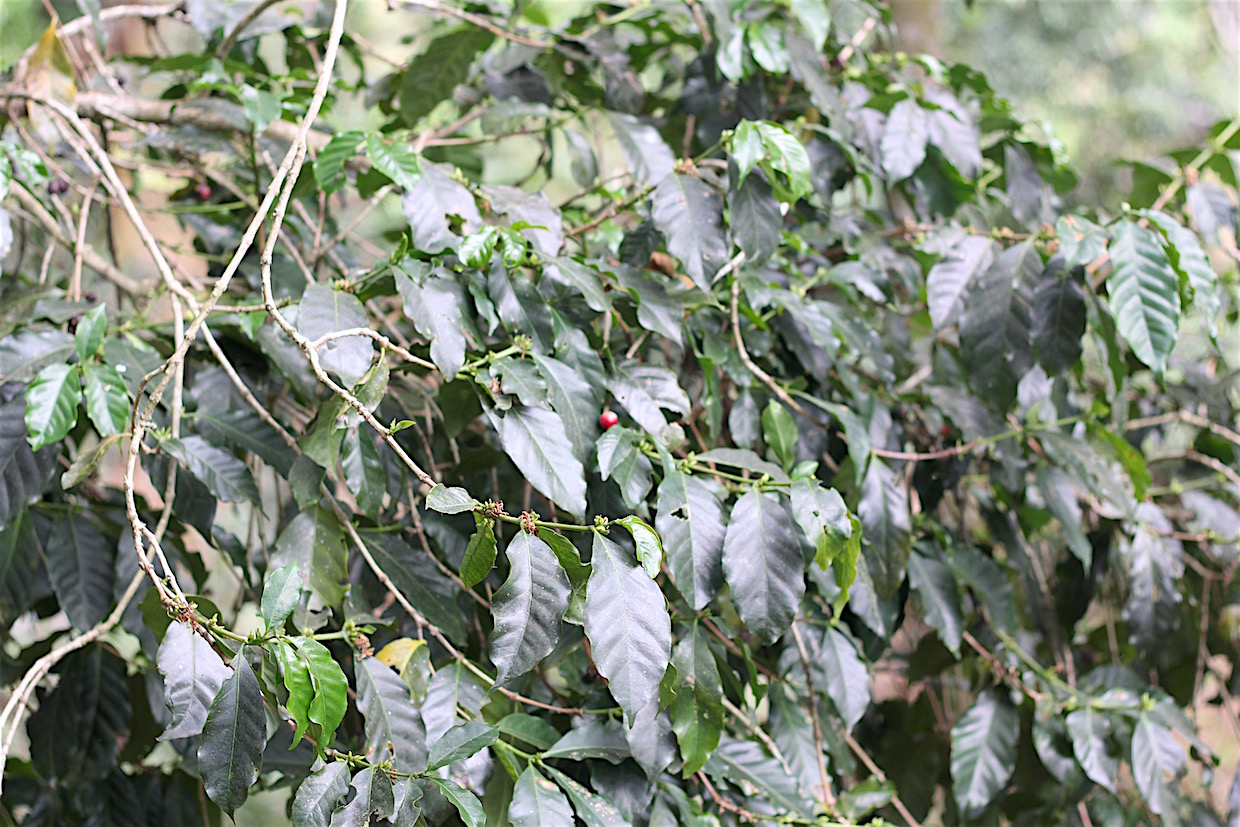Back in April, which in 2020 is about seven years ago, we shared the first video in a series about transparency in coffee supply chains. It explored what the coffee industry is actually talking about when it talks about the farmgate (or farm gate) price.
Over the course of 15 more videos in the “Coffee Economics with Karl” series that followed, Karl Wienhold of Colombian coffee trading company Cedro Alto explored a multitude of topics on prices and transparency in the coffee trade, each with the underlying assumption that coffee roasters play an integral role in ensuring a more sustainable coffee sector.
These videos have come against the backdrop of a global pandemic that has highlighted the place of frontline workers and small-scale coffee farmers as two of the most vulnerable actors in the supply stream. Just as importantly, it has come as the global coffee sector continues to tread water amidst an ongoing price crisis tied to the commoditization of coffee and to consolidation among the world’s largest buyers.
In the final video of the transparency series, Wienhold explores coffee farm profit — e.g. “where transparency ends.”
The full “Coffee Economics with Karl” series can be found through this Cedro Alto YouTube playlist, or see videos with some introductory comments from DCN by following this tag.
Here’s more from Karl on the final video in the series:
Arguably, the reason people are interested in price transparency in the coffee supply chain is to ensure that producers are earning enough. In practice, transparency often looks like an FOB or farm gate sale price, but that’s really only the first step to understanding the underlying finances of a supply chain. The culmination of all the numbers that reflect supply chain finances is farmer profit, which is the only number that dictates the producing family’s standard of living.
In this video, we analyze farmer profit, the living wage for producers, and how all of the calculations we have done thus far in the series fit together to get us this final crucial number. We will also look at how to begin with the producer’s living wage and derive the minimum roaster price based on an understanding of all supply chain costs.
This is where our top-to-bottom analysis of transparency in the green coffee supply chain comes to an end, though I’m sure that over time we will think of other nuggets that we have left out and continue supplementing.
In this series we have evaluated how to analyze the numbers behind what already is and has taken place in a given supply chain. It has been analytical and retrospective in nature. From here, we will begin evaluating how those numbers are determined, the human, environmental, and systemic factors and forces involved, and how participants can affect and influence the supply chains their actions touch in order to ensure stakeholder wellbeing.
Nick Brown
Nick Brown is the editor of Daily Coffee News by Roast Magazine.







Comment